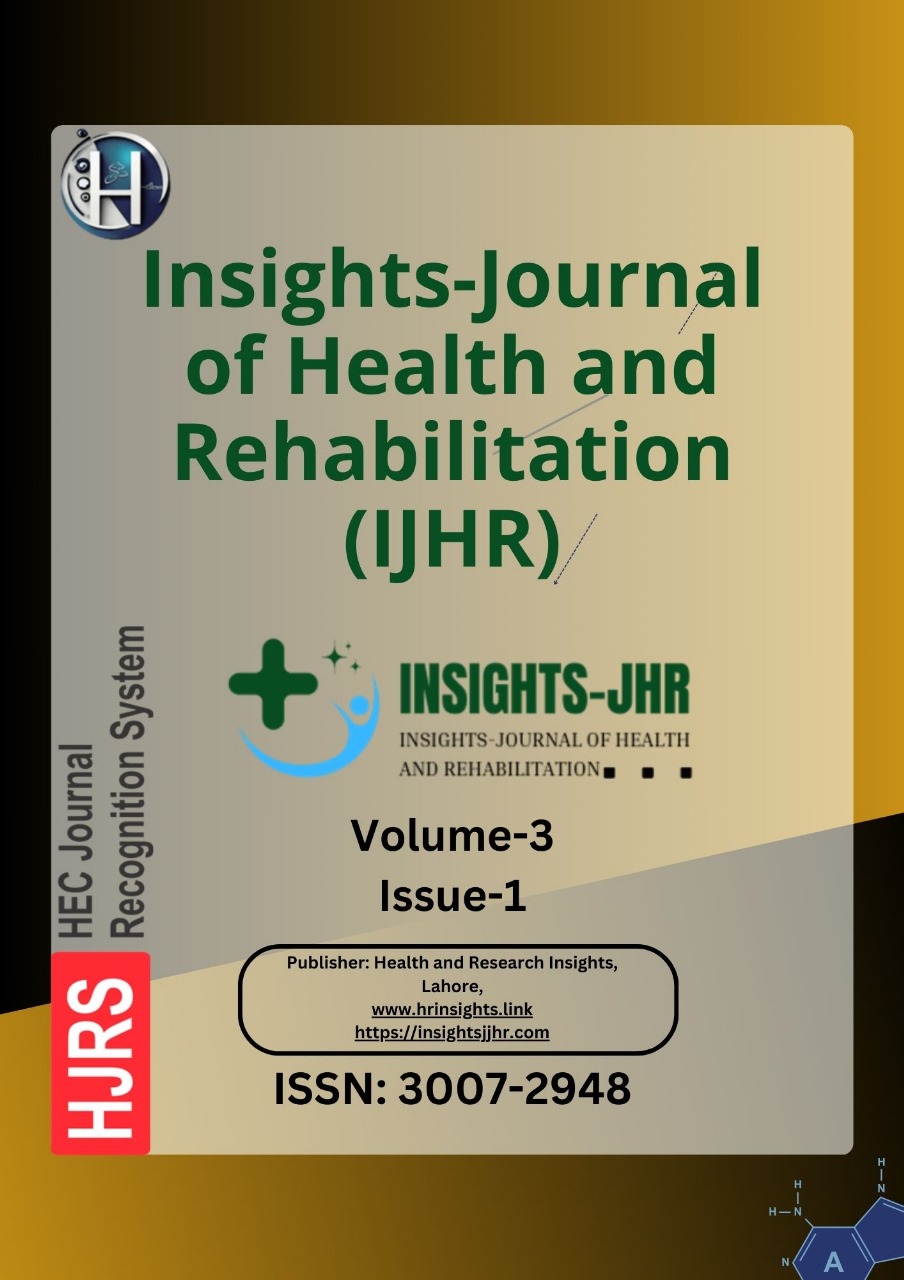MANAGEMENT OF HEPATIC HYDATID CYST WITH CYSTOBILLIARY COMMUNICATION
DOI:
https://doi.org/10.71000/jda17j12Keywords:
Cystectomy, hydatid cyst, hepatic hydatidosis, liver surgery, medical management, Echinococcus granulosus, recurrence ratesAbstract
Background: Hepatic hydatid cysts, caused by the larval stage of Echinococcus granulosus, are a significant health concern in regions where livestock farming and animal-human interactions are prevalent. The liver is the most commonly affected organ, and while cysts may remain asymptomatic for years, complications such as cystobilliary communication (CBC) can lead to jaundice, cholangitis, and biliary obstruction. Effective management strategies are essential to mitigate these complications and improve patient outcomes.
Objective: To evaluate the management strategies for hepatic hydatid cysts with cystobilliary communication and determine the effectiveness of surgical and medical approaches.
Methods: This observational study was conducted at Bolan Medical College, Quetta, from January to July 2024, involving 85 patients diagnosed with hepatic hydatid cysts and CBC. Inclusion criteria were confirmed cases of hepatic hydatid cysts with CBC, identified via ultrasound (US), computed tomography (CT), or magnetic resonance imaging (MRI). Patients with previous hydatid surgery, other liver pathologies, or age under 18 were excluded. Data collection included demographic details, clinical symptoms, comorbidities, and imaging findings. Patients were categorized into surgical and medical treatment groups. Surgical procedures included cystectomy and partial hepatectomy, while medical management comprised albendazole or mebendazole. Patients were followed for three months to assess outcomes, symptom resolution, and recurrence.
Results: The study included 85 patients, with a mean age of 47.3 ± 12.6 years (range: 18–78). Males constituted 55.3%, and females 44.7%. Comorbidities were present in 35.3% of patients, including hypertension (15.3%), diabetes mellitus (10.6%), and chronic liver disease (4.7%). Jaundice (61.2%), abdominal pain (56.5%), and elevated liver enzymes (78.8%) were the most common symptoms. Cysts were predominantly located in the right lobe (88.2%), with minor CBC observed in 44.7%, moderate CBC in 38.8%, and severe CBC in 16.5% of patients. Surgical treatment was administered to 64.7% of patients, with cystectomy being the most frequent procedure (58.2%). Symptom resolution rates were significantly higher in the surgical group compared to the medical group. Recurrence rates were lower in the surgical group (3.6%) compared to the medical group (6.7%).
Conclusion: Surgical management, particularly cystectomy, demonstrated superior outcomes for hepatic hydatid cysts complicated by CBC, achieving higher symptom resolution and lower recurrence rates than medical management. The degree of CBC influenced treatment outcomes, underscoring the importance of individualized management strategies.
Downloads
Published
Issue
Section
License
Copyright (c) 2025 Abdullah Khan, Riffat Arbab, Maria Mahmood, Muhammad Iqbal Khan, Aisha Arshad, Rukhsar Anwar (Author)

This work is licensed under a Creative Commons Attribution-NonCommercial-NoDerivatives 4.0 International License.







